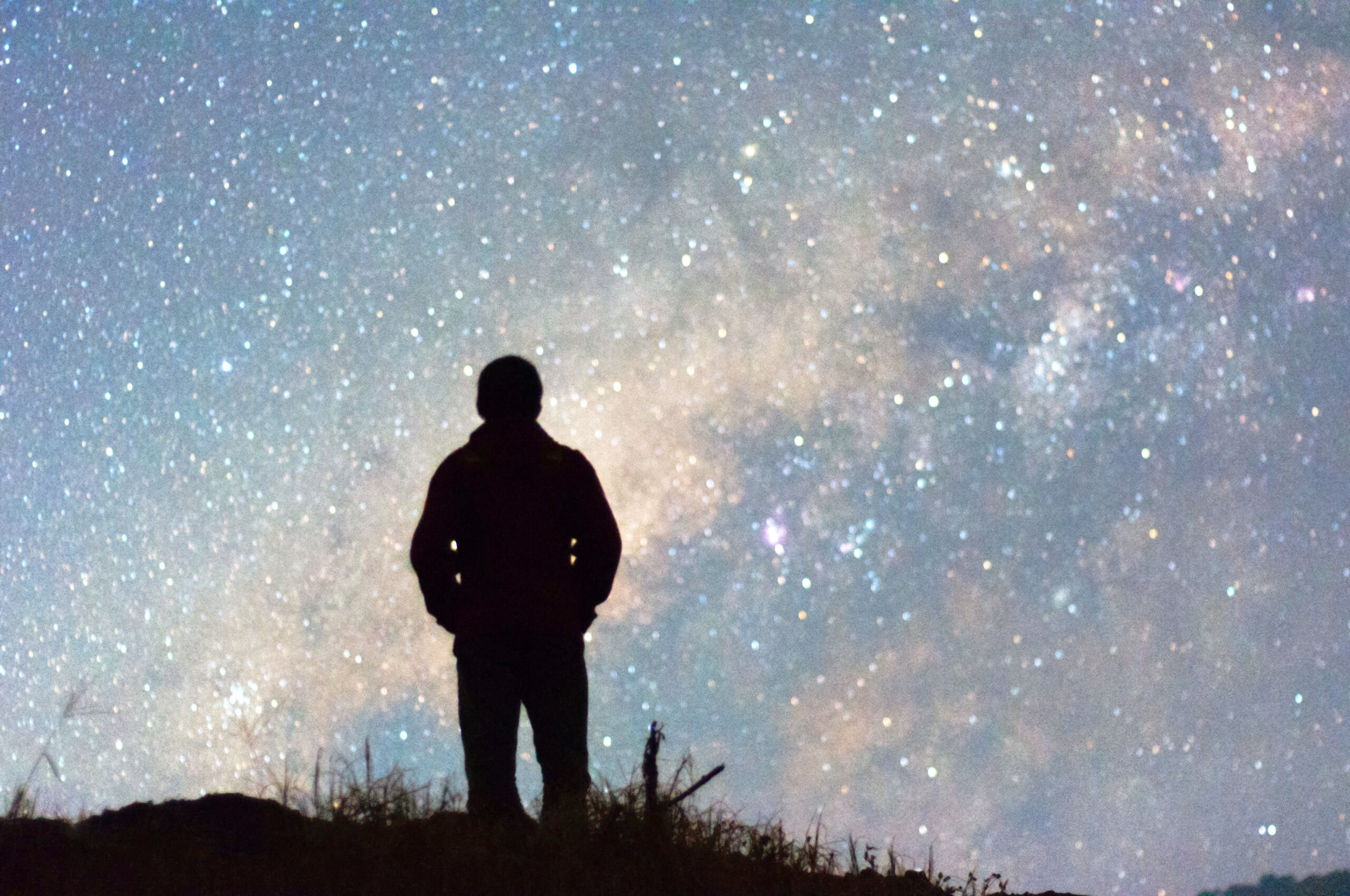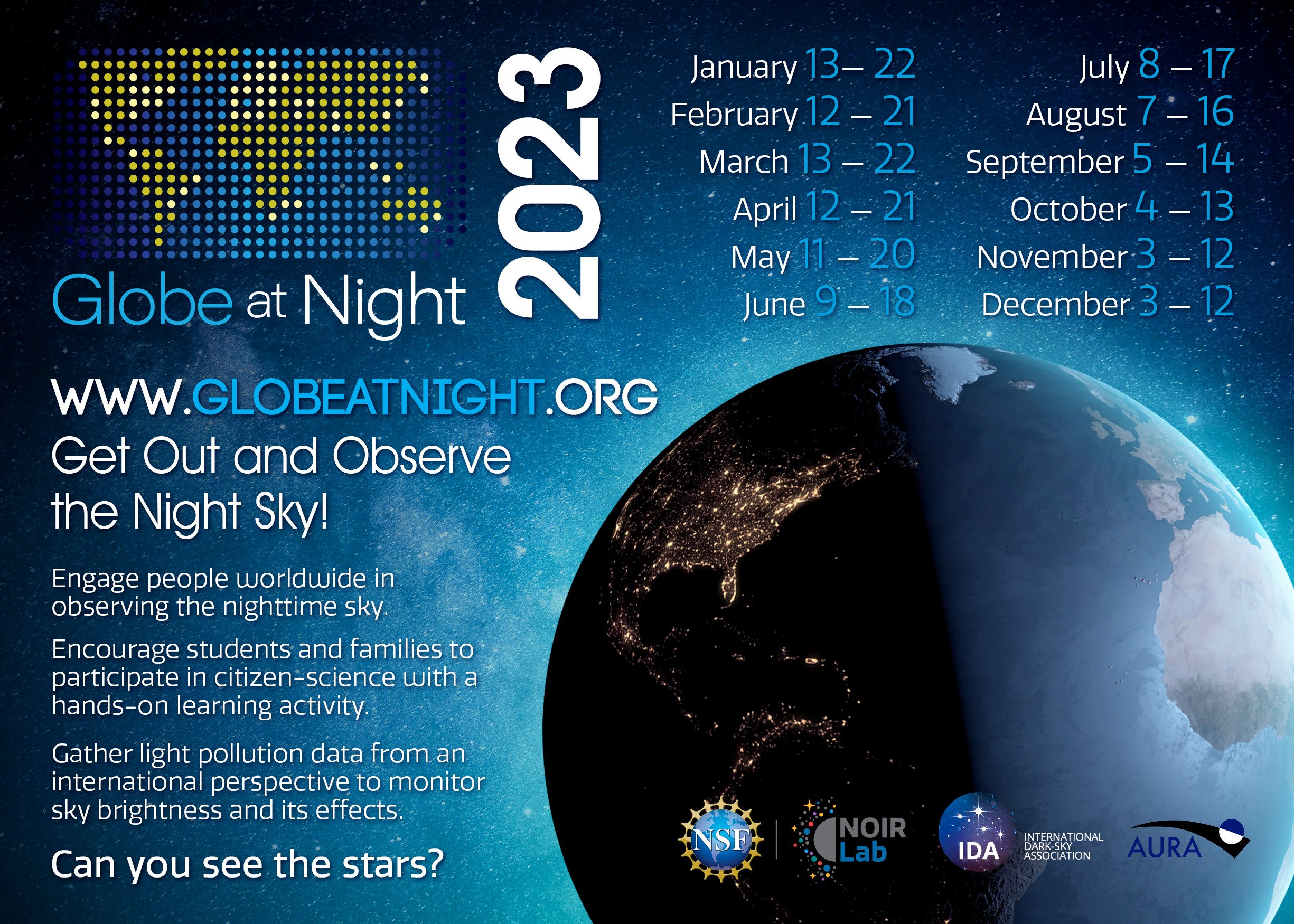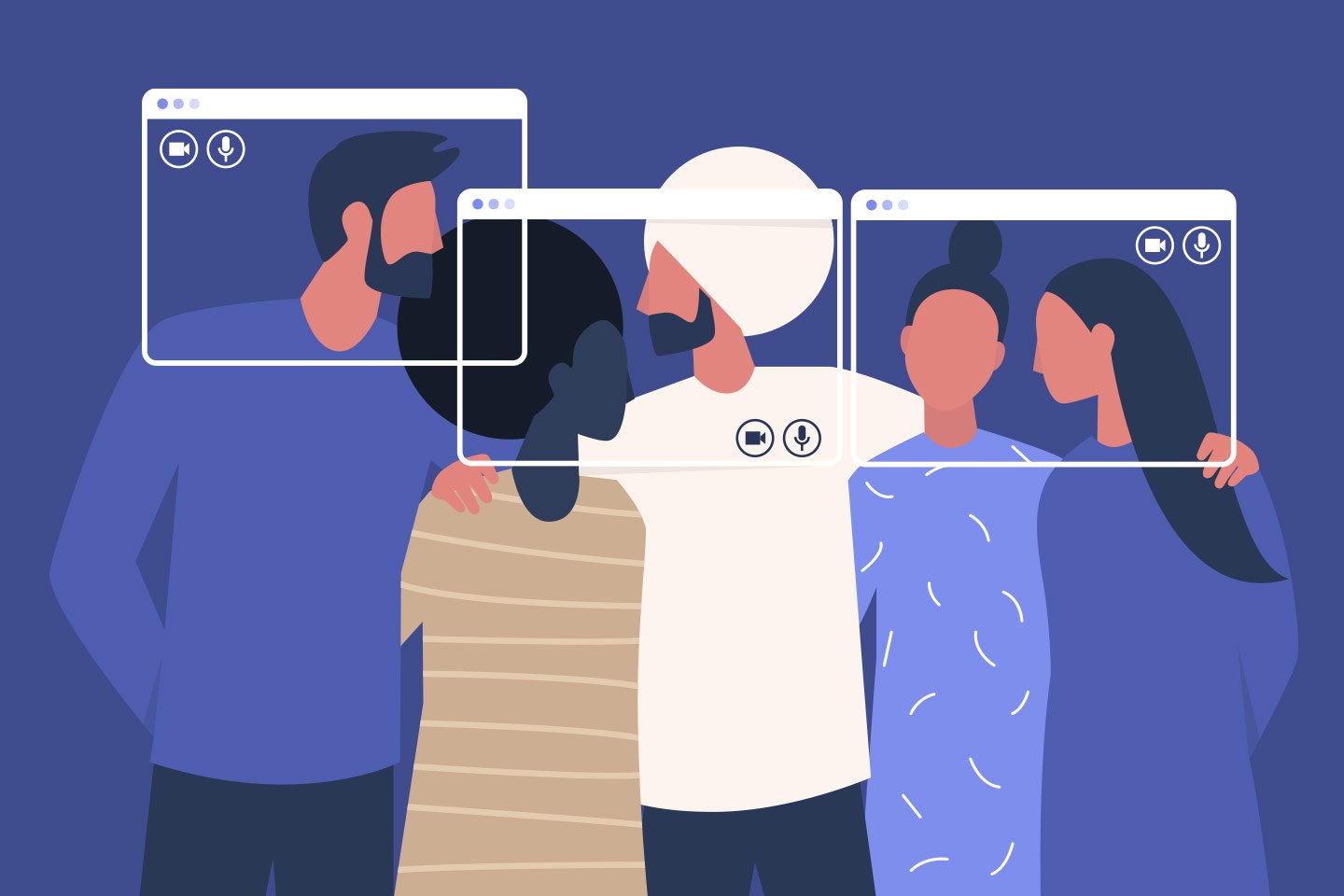
Globe at Night 2023: Can you see the stars?

Every year, the Globe at Night international community science campaign, a program of NSF’s NOIRLab, raises awareness about the impact of light pollution by inviting community scientists to measure and submit night sky brightness observations. All you need is a computer, tablet, or smartphone! And their webapp is available in 28 languages!
Community science plays an important role in the fight against light pollution. It is both contributive and collaborative, allowing for experiments, explorations, and inquiries to run on a large-scale, ongoing basis. This provides scientists with much larger and more diverse data sets that might have otherwise been unachievable.
Globe at Night will be collecting observations for all twelve months of the year. This large set of measurements will be compared to measurements from prior years in the same month to provide a comprehensive view of the changes to the night sky quality worldwide. See all of the dates below:

How to Participate:
- During the campaign dates, go outside on a clear night more than an hour after sunset and let your eyes adjust to the dark (at least 10 minutes).
- Find the constellation you are reporting on. Many smartphone apps or programs can help you locate it if you are unsure where it is.
- Go to the Globe at Night report page, make sure you are in nighttime mode, and enter your data.
- Choose the star chart that most closely matches what you see in the sky.
- Select the amount of cloud cover at the time of your observation and submit your data.
You can find more detailed instructions and the list of constellations here and learn more about Globe at Night on their website.
This is such an important part of solving the issue of light pollution because it helps us understand the magnitude of the problem. Will you join in for Globe at Night 2023?

















